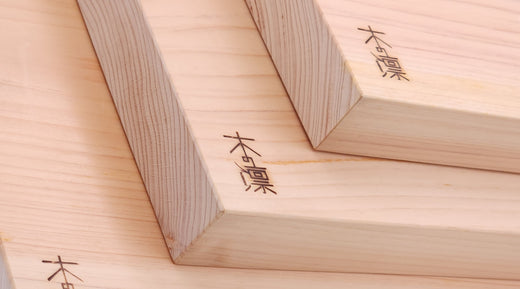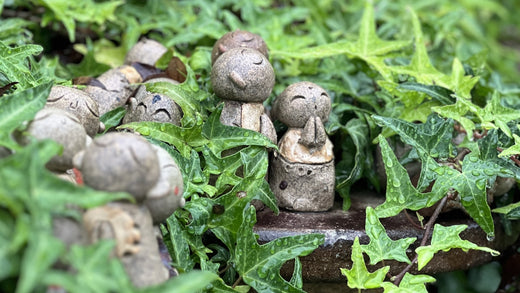
Kanazawa: Japan’s City of Gold and Timeless Craftsmanship
Discover Kanazawa, the city where gold leaf, history, and craftsmanship unite. Known as the “marsh of gold,” Kanazawa blends the legacy of samurai culture, exquisite arts, and centuries-old traditions into a living museum of Japanese elegance.
Explore how this city continues to shine through its enduring devotion to art and heritage.
The Origins of Kanazawa’s Name and Legend
The story of Kanazawa begins with a legend that captures its golden spirit, a tale that foreshadows its destiny as Japan’s capital of gold leaf craftsmanship.

Kanazawa castle
The city's name, which translates to "marsh of gold," harks back to a legend of a peasant discovering flakes of gold while digging for potatoes, a tale that preludes the city's later prominence in gold leaf production.
The historical journey of Kanazawa began in the Muromachi period, evolving from a stronghold of the Ikkō-ikki, a religious peasant movement, to the prosperous domain under the Maeda clan during the Sengoku period. This era saw the city flourish as the Maeda invested in culture, arts, and education, laying the groundwork for the city's future as a hub of traditional crafts.
The Art of Gold Leaf: Kanazawa’s Shining Craft
Among the most revered of these crafts are the metallurgic arts, particularly the production of gold leaf, a tradition that began in the late 16th century. The meticulous process of creating gold leaf, which involves beating gold into sheets so thin they are nearly translucent, has been perfected over generations.
Today, Kanazawa's artisans continue to produce 99% of Japan's gold leaf, a craft that has become synonymous with the city's identity. These artisans, whose skills have been designated as Japan's traditional handicrafts, contribute not just to the local economy but also to the preservation of a cultural legacy.

Traditional metal chopstick rests (Hashioki) from Kanazawa.
A City of Crafts: UNESCO Recognition and Living Heritage
The city's commitment to its artisanal roots is evident in its designation by UNESCO as a city of Crafts and Folk Art within its Creative Cities Network. Visitors to Kanazawa can immerse themselves in this heritage through hands-on workshops and galleries that showcase the city's craftsmanship.
From the delicate art of Kaga Yuzen dyeing to the intricate creation of Kutani pottery, Kanazawa's artisans uphold techniques that have been honed over centuries.
Kanazawa Today: Where the Past Still Glimmers
Kanazawa is more than just a city; it is a living museum where the past is not only remembered but actively celebrated through its people's dedication to their crafts.It stands as a beacon of Japan's cultural wealth, inviting all who visit to partake in its storied history and vibrant artisanal scene.
Whether through the golden glint of its famed leaf or the quiet dignity of its historical sites, Kanazawa remains a jewel in the crown of Japanese tradition.
Frequently Asked Questions About Kanazawa
Explore the most common questions about Kanazawa, from its famous gold leaf tradition to its cultural sites, crafts, and the best ways to experience this timeless city.
Why is Kanazawa called the “City of Gold”?
Kanazawa earned its title thanks to its centuries-old tradition of gold leaf production, which began in the late 16th century. Today, the city produces over 99% of Japan’s gold leaf.
What is the origin of the name “Kanazawa”?
The name means “marsh of gold,” inspired by a legend about a farmer who discovered flakes of gold while digging for potatoes, symbolizing the city’s golden destiny.
What is Kanazawa gold leaf used for?
Kanazawa gold leaf is used to decorate temples, shrines, lacquerware, pottery, and even food. Its ultra-thin sheets embody elegance and precision in Japanese aesthetics.
Which traditional crafts is Kanazawa famous for besides gold leaf?
Kanazawa is also known for Kaga Yuzen silk dyeing, Kutani pottery, and Kanazawa lacquerware, all of which showcase the city’s refined craftsmanship and artistic heritage.
What is the best time to visit Kanazawa?
Spring (March–May) and autumn (October–November) offer the best weather and stunning seasonal scenery, especially in Kenroku-en Garden, one of Japan’s most beautiful gardens.
What are the must-visit attractions in Kanazawa?
Don’t miss Kenroku-en Garden, Kanazawa Castle, Higashi Chaya District, and the 21st Century Museum of Contemporary Art, each reflecting a different facet of the city’s spirit.
Can visitors try making gold leaf in Kanazawa?
Yes. Several workshops allow visitors to experience gold leaf application firsthand, from decorating chopsticks and boxes to creating their own shimmering souvenirs.
Why is Kanazawa part of the UNESCO Creative Cities Network?
Kanazawa was recognized by UNESCO for its dedication to preserving and promoting traditional crafts while fostering innovation, ensuring that heritage thrives in the modern age.



